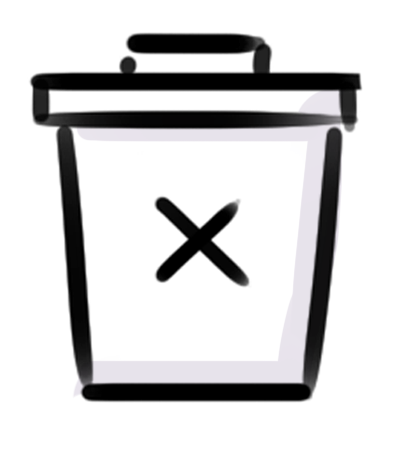
What is circular design?
An estimated 80% of a product’s environmental impact is decided at the design stage. Decisions made early in the design process critically impact how products are used and, later, handled at end of life. But it also goes beyond the product – the circular economy requires us to redesign everything – from materials, to products, to services, to systems. This means that we, as designers, play a pivotal role in the transformation toward a circular industry. Therefore, while design has typically been part of the problem, it has the potential to be part of the solution.
It’s crucial that designers begin to radically reimagine the way we design, manufacture, sell, use and dispose of textiles, in order to:
Today, there is no industry standard for circular products, nor is there an agreed upon definition or
criteria for us to use. However, on a product level, we can work with four interdependent circular design strategies. These are;
In the following section we’ll explore each of these strategies, how to apply them to your own context, and examine how international frontrunners are leading the way.




